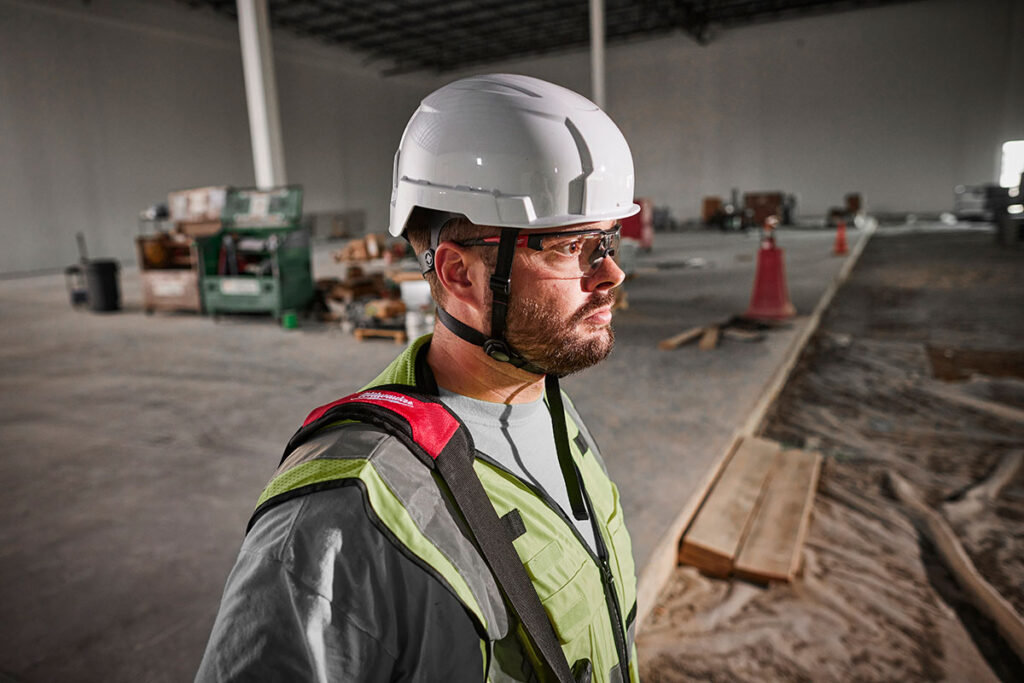Search Our Website

Embracing Change for Safety: OSHA's New Helmet Standards in Construction
January 22 2024
By Alex Kopp
In a recent initiative, the U.S. Department of Labor’s Occupational Safety and Health Administration (OSHA) has announced a significant shift in personal protective equipment (PPE) head protection standards for the construction industry. This change sees the replacement of traditional hard hats with modern safety helmets, a decision backed by many recent studies highlighting the advancements in helmet technology.
Traditional hard hats, a staple in the construction industry since the 1960s, have primarily offered top-of-the-head protection. However, their design limitations, particularly side impact protection and the absence of chin straps, have been a concern. In fact, the Bureau of Labor Statistics reported that nearly 6% of non-fatal occupational injuries involving days away in 2020 involved head injuries, with a significant portion resulting from slips, trips, and falls – scenarios where traditional hard hats often fall short.
The new safety helmets are not just an upgrade in protection; they represent a paradigm shift in workplace safety. These helmets, inspired by designs used in mountain climbing and other high-risk activities, provide comprehensive head coverage. They can be equipped with additional features like face shields, goggles, and built-in hearing protection, addressing a wide range of safety concerns in hazardous work environments.
Recently, The Virginia Tech Helmet Lab, with its extensive experience in evaluating protective headgear, is embarking on a critical 18-month project to develop a comprehensive rating system for occupational head protection. Funded by a coalition of organizations, including The Association of Union Constructors, the total research budget of $275K will analyze construction accident reports and generalize real-world conditions into controlled lab tests.
By May 2025, the lab will publish objective data on available occupational helmets and provide ratings that reflect the likelihood of injury, thereby enhancing safety standards in the industry. This new study and inclusion by the VT Helmet Lab underscore the growing recognition of the importance of safety innovation in the construction sector.
OSHA’s mandate is a proactive step towards reducing the risk of head injuries in the construction industry. By adopting these advanced safety helmets, employers not only comply with regulatory standards but also demonstrate a commitment to the well-being of their workforce. This move is a testament to the evolving understanding of occupational safety and the continuous efforts to create safer work environments. The idea that safety is stagnant is one of the past and will require progress like this in all aspects of construction and maintenance.
For more details on the OSHA announcement, visit https://www.osha.gov/sites/default/files/publications/safety_helmet_shib.pdf
Or on the Virginia Tech Helmet lab Ratings at www.helmet.beam.vt.edu.

© Copyright 2025 TAUC. All Rights Reserved. Site created by Top Shelf Design

